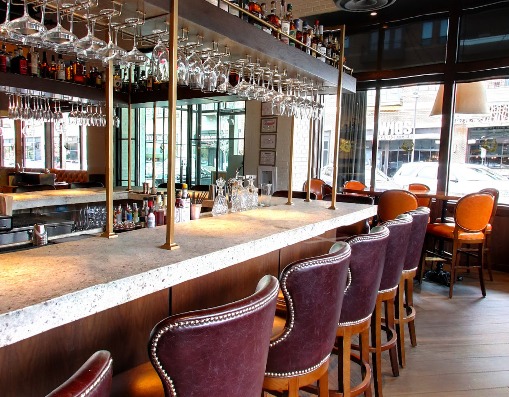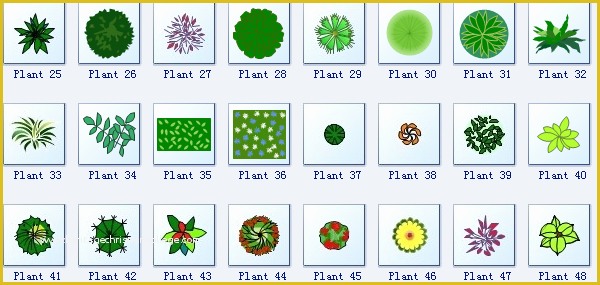Table Of Content

Catherine did not bear Henry the sons he was desperate for; her first child, a daughter, was stillborn, and her second child, a son named Henry, Duke of Cornwall, died 52 days after birth. A further set of stillborn children followed, until a surviving daughter, Mary, was born in 1516. When it became clear to Henry that the Tudor line was at risk, he consulted his chief minister Cardinal Wolsey about the possibility of annulling his marriage to Catherine. Along with Henry's concern that he would not have an heir, it was also obvious to his court that he was becoming tired of his aging wife, who was six years older than he was. However, the Holy See was reluctant to rescind the earlier papal dispensation and felt heavy pressure from Catherine's nephew, Charles V, Holy Roman Emperor, in support of his aunt.
Everything to know about Tudor houses – and the best ones to visit
The Tudor period in England gradually ended in 1603, with the death of Queen Elizabeth I and the ascent of King James I of England to the throne. Even though Elizabeth was only twenty-five when she came to the throne, she was absolutely sure of her God-given place to be the queen and of her responsibilities as the 'handmaiden of the Lord'. Also, without an heir, the Tudor line would end; the risk of civil war between rival claimants was a possibility if Elizabeth died childless. Numerous suitors from nearly all European nations sent ambassadors to English court to put forward their suit. Risk of death came dangerously close in 1564 when Elizabeth caught smallpox; when she was most at risk, she named Robert Dudley as Lord Protector in the event of her death.
Hallmarks of Tudor architecture
The windows of this home include a lot of casements, another characteristic of the style. It was inspired by the traditional architecture of a nearby school and estate. A symmetrical layout featuring a stone-clad exterior, brick chimneys, and chocolate trim boasts timeless Tudor appeal. Although stone trim is standard in Tudor-style houses, this home features stone as the primary wall cladding. Stucco, brick, or wooden trim frequently covers gables or second stories in this subtype. A simple arched doorway, like this one, is a common feature of a Tudor-style home.
Hot Property: A Timeless M Streets Tudor That Is Younger Than You Think - D Magazine
Hot Property: A Timeless M Streets Tudor That Is Younger Than You Think.
Posted: Thu, 14 Dec 2023 08:00:00 GMT [source]
Examples of Tudor Architecture Today
The designs below prove that there can be a fairytale ending for any Tudor style house. Interior designer Shannon Eddings says, "Keeping original elements whenever possible is key in a Tudor home. To 'decorate' it we did add built-in benches underneath the original windows to add to the cozy style of a classic Tudor home." Even though Tudor revival homes were pricey to manufacture, you can still find them in all sizes from small cottages to sprawling mansions. After the Industrial Revolution, homes were being built faster and more affordably than ever.
Since a full-size Tudor house was too expensive to build, the Americans in the Northeast and Midwest turned to building or restoring the smaller Tudor cottages. You’ll find many of these historic grand houses in the US alongside the Stick-style and Victorian houses, with many of them having undergone total refurbishments and no longer featuring the recognizable half-timbering. From Tudor-style four poster beds and wooden dressers to heavy tables and plenty of ornate carvings, dark wood is the material that is seen in all these items as well as the floors. The only bright colors you will see in older Tudor homes are in the upholstery, the rugs, and the drapes.
Elizabeth came under pressure from Parliament to execute Mary, Queen of Scots, to prevent any further attempts to replace her; though faced with several official requests, she vacillated over the decision to execute an anointed queen. Finally, she was persuaded of Mary's (treasonous) complicity in the plotting against her, and she signed the death warrant in 1586. Mary was executed at Fotheringhay Castle on 8 February 1587, to the outrage of Catholic Europe. Under Mary, he had been spared, and often visited Elizabeth, ostensibly to review her accounts and expenditure. Elizabeth also appointed her personal favourite, the son of the Duke of Northumberland Lord Robert Dudley, her Master of the Horse, giving him constant personal access to the queen. Mary soon announced her intention to marry the Spanish prince, Philip, son of her cousin Charles V, Holy Roman Emperor.

Commonly present on Tudor-style homes, ornamental half-timbering mimics medieval construction techniques. Although timber framing was integral to the structure of medieval houses, most examples on modern Tudor homes are purely decorative. Many different designs and patterns exist, but the technique is most often used on upper stories and around windows. Tudor homes are characterized by their steeply pitched gable roofs, playfully elaborate masonry chimneys (often with chimney pots), embellished doorways, groupings of windows and decorative half-timbering.
II. During the Reign of Queen Elizabeth I
On 21 May 1553, Jane was married to Northumberland's son, Lord Guildford Dudley. This was a political move organised by the Duke to ensure that Protestantism stayed the national religion if Jane were to become queen. Edward died on 6 July 1553 and 16-year-old Jane, who fainted when she heard the news, was made queen on 10 July. However, despite the efforts of the Duke of Northumberland and Jane's father, the Duke of Suffolk, the public's support was with Lady Mary, the rightful heir according to Henry VIII's will.
Hampton Court Palace
Tudor architecture was also expensive to build, not easily replicated and prone to maintenance issues. Whether you’re a fan of historical architecture or appreciate the beauty of bygone eras, you will be charmed by Tudor architecture’s elegance and timeless appeal. The style has stood the test of time and continues to capture the imagination of people from all walks of life. Henry VII Lady Chapel at Westminster Abbey in London is a stunning example of Tudor architecture. This beautiful chapel was built in the late 15th and early 16th centuries during the reign of Henry VII.
Tulips wind their way through the front yard of this charming brick Tudor-style cottage. A handmade wreath on the front door repeats the shape of the arched door and flanking windows. The wreath features silk blooms that coordinate with the tulip display's color scheme.
These roofs were made of thatch, tiles, or shingles and featured large chimneys and intricate details. This influence can be seen in the intricate designs that adorn the windows and doors of Tudor homes and the tall chimneys and gabled roofs that give them a distinctive appearance. The Tudor architecture revival, also known as “Mock Tudor,” is a form of revival architecture that emerged in the 20th century. It is characterized by traditional Tudor elements combined with more modern features such as large windows and spacious interiors. However, elegant oriel windows were also taking center stage, not to mention the use of half-timbering, dark oak beams, and Tudor arches.
The latter was erected by the fabulously rich Bess of Hardwick beside Hardwick Old Hall (1587–96), which she had built in place of her father’s medieval manor house. Henry VIII (r. 1509–1547) was the only son of Henry VII to live to the age of maturity, and he proved a dominant ruler. Issues around royal succession (including marriage and the succession rights of women) became major political themes during the Tudor era, as did the English Reformation in religion, impacting the future of the Crown. Elizabeth I was the longest serving Tudor monarch at 44 years, and her reign known as the Elizabethan Era provided a period of stability after the short, troubled reigns of her siblings. When Elizabeth I died childless, her cousin of the Scottish House of Stuart succeeded her, in the Union of the Crowns of 24 March 1603.
The Tudor rose symbolized the union by representing the red rose of the Lancastrians superimposed upon the white rose of the Yorkists. “I’m all about gardens connecting the architecture into the landscape,” landscape architect Timothy John Palcic tells AD PRO. He used a limited palette of chartreuse and dark hues that nod to the brick exterior and arranged benches to create intimate seating areas within the larger English-garden-inspired space.
Jane and her husband Lord Guildford were sentenced to death and beheaded on 12 February 1554. Jane was only 17 years old, and the cruel way in which her life had been lost for a throne she never desired aroused much sympathy among the public. Upon becoming king in 1485, Henry VII moved rapidly to secure his hold on the throne. On 18 January 1486 at Westminster Abbey, he honoured a pledge made three years earlier and married Elizabeth of York,[11] daughter of King Edward IV.
This is best known thanks to its modern descendant, the questionably tasteful mock-Tudor style, but it was a popular way of building throughout the era, replacing wattle-and-daub structures among those who could afford it. These houses today are most likely to be the sort that you might see on the market, and might have belonged to the emerging middle class – a banker or merchant in London, or certain officials in other small towns across the country. In 1485 Henry led an invasion against the Yorkist king Richard III and defeated him at Bosworth Field. As Henry VII, he claimed the throne by just title of inheritance and by the judgment of God given in battle, and he cemented his claim by marrying Elizabeth, the daughter of Edward IV and heiress of the House of York.
The latter is an exposed wood framework with the spaces between the timbers filled with masonry or stucco. An architectural style loosely based on a variety of late Medieval English prototypes, ranging from thatch-roof folk cottages to grand manor houses. Little Moreton Hall, located in Cheshire, England, is a magnificent example of Tudor architecture. It was built between the late 15th and early 16th centuries, and the hall is made from black-and-white timbered frames laid in a decorative pattern.












